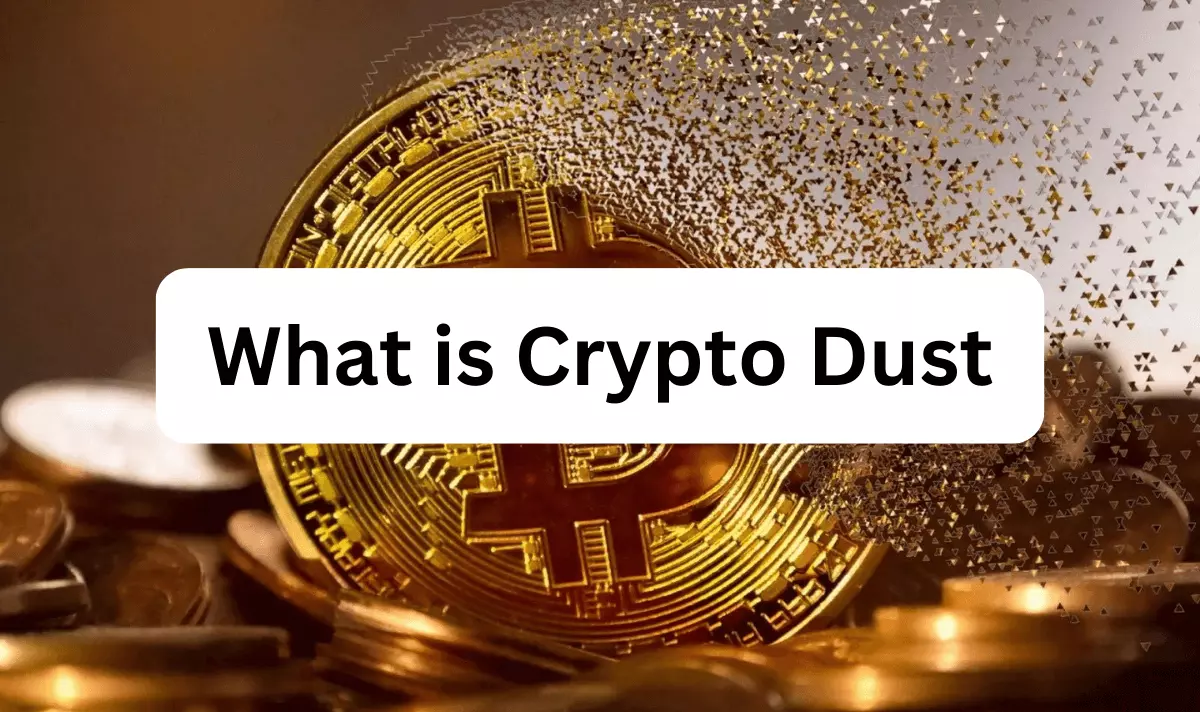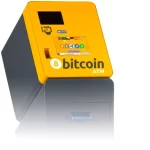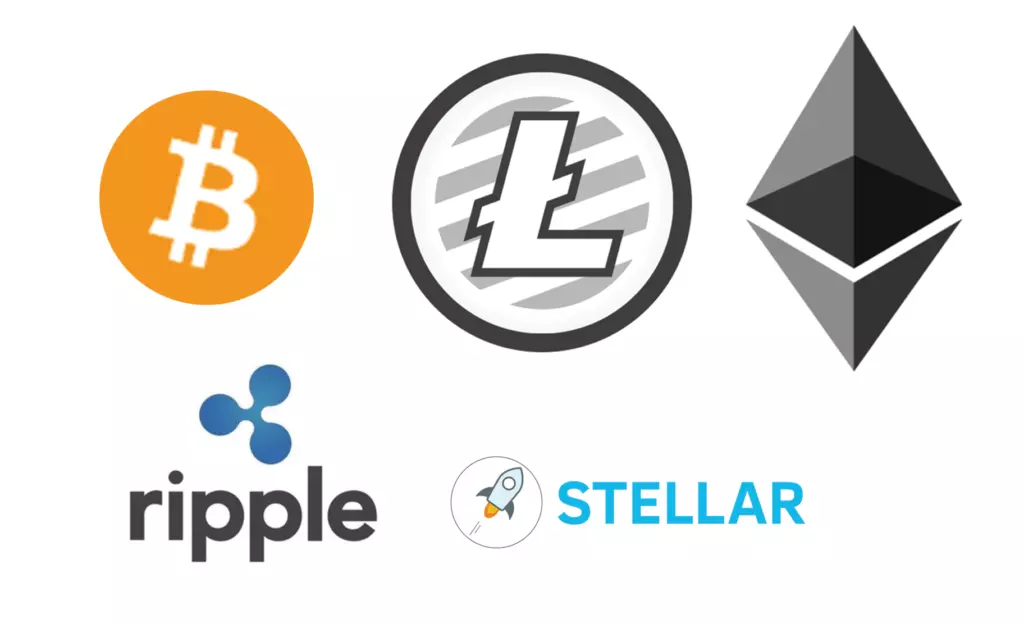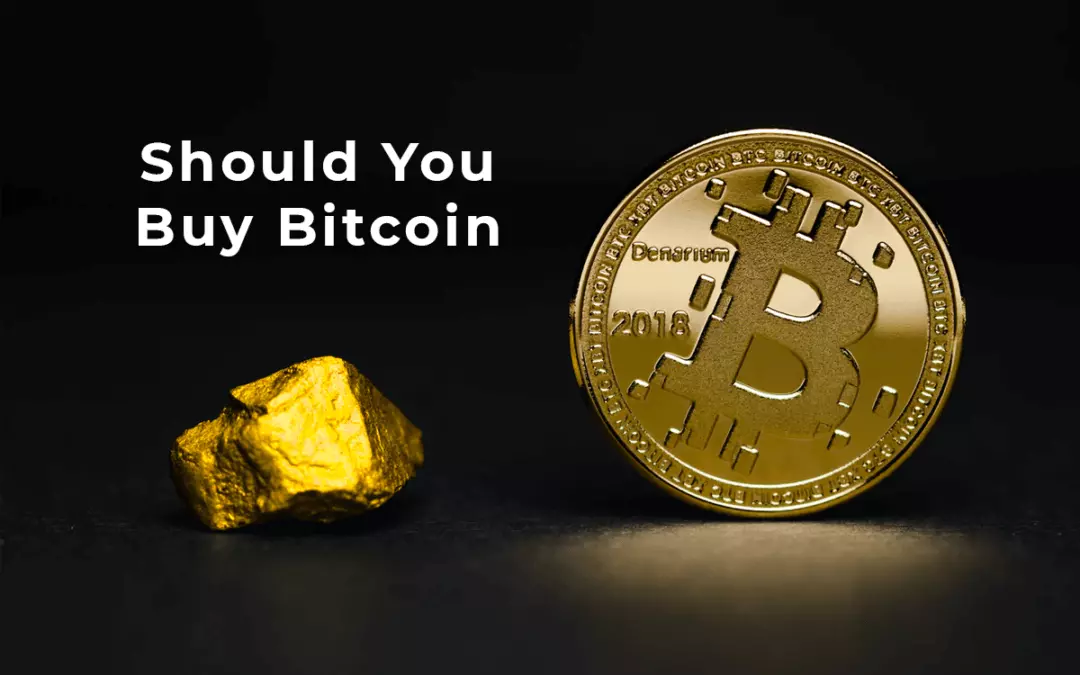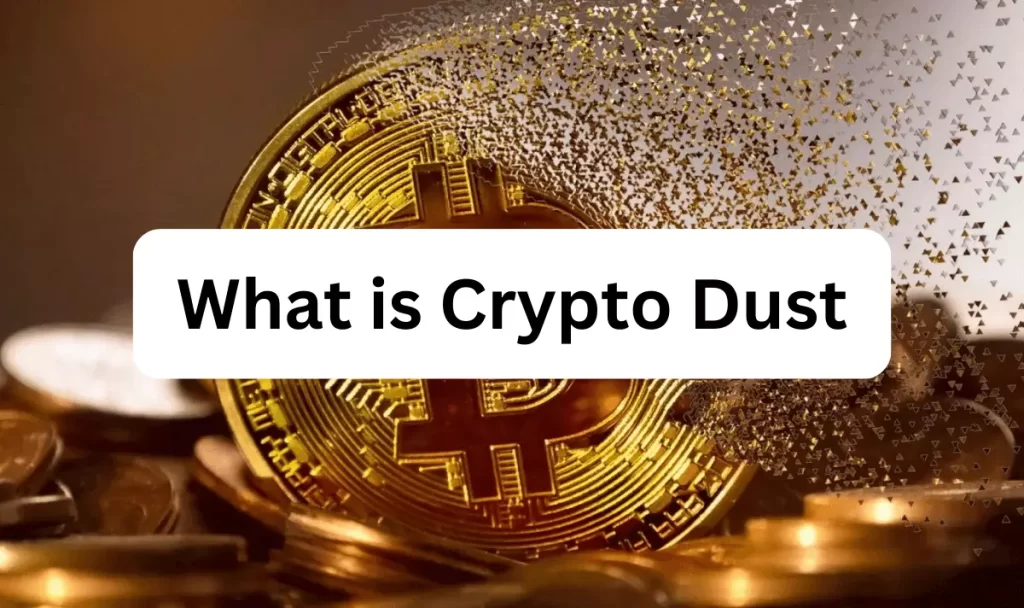
Introduction
Crypto dust, a term buzzing in the cryptocurrency world, refers to tiny fractions of digital currency that accumulate in wallets after completing transactions. As an avid user, I’ve encountered this phenomenon firsthand. Picture it like specks of dust collecting in the corners of your digital wallet. Although individually insignificant, over time, these minuscule particles can clutter your wallet, impact transaction fees, and even compromise your privacy. Understanding crypto dust is crucial for managing your digital assets effectively. Let’s dive deeper into this intriguing concept and unravel its implications.
Related suggestion: What is Crypto Malware
Content
Understanding Dust Transactions

When it comes to cryptocurrencies, even the smallest particles can have an impact. I will shed light on dust transactions and how they play a role in digital currencies.
1. Definition and Explanation
Dust transactions refer to tiny amounts of cryptocurrency that are often left behind after completing larger transactions. These leftover fractions are too small to be of significant value on their own. Picture it like specks of dust accumulating in the corners of your digital wallet.
2. How Dust Transactions Occur
Dust transactions typically occur when cryptocurrencies are sent or received, and the transaction amount leaves a fractional remainder. For instance, if you were to send 1 Bitcoin but only had 0.9999 Bitcoin in your wallet, the remaining 0.0001 Bitcoin would be considered dust. Over time, these dust particles can accumulate and clutter your wallet.
3. Implications of Dust Transactions
While dust may seem insignificant, it can have several implications for cryptocurrency users:
- Cluttered Wallets: Accumulated dust particles can clutter your wallet, making it harder to manage your digital assets effectively.
- Transaction Fees: Dust transactions often incur transaction fees, which can be relatively high compared to the value of the dust itself. This can result in inefficient use of your cryptocurrency.
- Privacy Concerns: Dust transactions can also pose privacy risks. Since these small amounts are traceable on the blockchain, they can be used to gather information about your transaction history and potentially compromise your privacy.
4. Managing Dust Transactions
To effectively manage dust transactions, it is recommended to:
- Dust Cleanup: Regularly clean up your wallet by consolidating or removing dust particles. This process involves combining dust amounts into larger transactions or converting them into other cryptocurrencies.
- Dust Prevention Features: Choose cryptocurrency wallets that offer dust prevention features to avoid the accumulation of dust particles.
- Security Measures: Implement strong security measures, such as two-factor authentication and hardware wallets, to protect your digital assets, including dust.
Understanding dust transactions is crucial for cryptocurrency users. By managing and preventing dust accumulation, you can maintain a clutter-free wallet, optimize transaction fees, and safeguard your privacy. So, keep an eye on those tiny dust particles to ensure a smooth and efficient cryptocurrency experience.
Managing and Dealing with Crypto Dust

As a cryptocurrency user, it’s important to understand how to manage and deal with crypto dust effectively, those tiny fractions of digital currency that can accumulate in your wallet. I will share some practical strategies to help you navigate the world of crypto dust.
1. Importance of Dust Cleanup
Keeping your wallet clean from dust particles is essential for optimal cryptocurrency management. By consolidating or removing dust, you can maintain a clutter-free wallet and improve the efficiency of your transactions.
2. Techniques to Remove or Convert Crypto Dust
- Consolidation: One effective technique is to combine your dust particles into larger transactions. By grouping these small amounts, you can reduce clutter and minimize transaction fees.
- Conversion: Another approach is to convert your dust into other cryptocurrencies. Some exchanges or platforms allow you to swap dust amounts for more usable or valuable tokens. This way, you can transform your little dust into something more substantial.
3. Tools and Platforms for Dust Management
- Dust Cleanup Tools: Various wallet applications and services offer specific tools designed to clean up the dust from your wallet efficiently. These tools can help you easily identify, consolidate, or convert dust particles.
- Exchanges with Dust Conversion Features: Certain cryptocurrency exchanges provide options to convert dust into more desirable cryptocurrencies or exchange them for other tokens. Research and choose exchanges that offer this functionality.
4. Best Practices for Preventing Crypto Dust Accumulation
- Transaction Planning: When making cryptocurrency transactions, carefully plan the amounts to avoid leaving fractional remainders that could turn into dust. Consider rounding up or down to minimize leftover fractions.
- Wallets with Dust Prevention Features: Opt for wallets that include dust prevention features. These features can automatically sweep or consolidate dust amounts, keeping your wallet clean and reducing clutter.
- Implementing Security Measures: Protect your digital assets, including dust, by implementing strong security measures. Use hardware wallets, enable two-factor authentication, and regularly update your wallet software to safeguard against potential risks.
Effectively managing and dealing with crypto dust is crucial for maintaining an organized wallet and optimizing your cryptocurrency experience. By employing techniques such as consolidation and conversion, utilizing relevant tools and platforms, and following best practices to prevent dust accumulation, you can confidently navigate the world of crypto dust. Remember, even the tiniest particles can make a significant impact in the realm of digital currencies.
Future Developments and Solutions

The world of cryptocurrencies is constantly evolving, and as we delve into the future, exciting developments and solutions are on the horizon. I will explore the potential advancements and solutions that can address the challenges posed by crypto dust.
1. Blockchain Upgrades and Dust Mitigation
Blockchain technology, the foundation of cryptocurrencies, is continually being enhanced to tackle the issue of dust accumulation. With upcoming upgrades, blockchain networks can introduce improved dust management mechanisms that minimize the impact of dust transactions.
2. Improvements in Wallet Functionality
Wallet providers are actively enhancing their functionality to offer better dust management solutions. In the future, wallets may introduce built-in features that streamline the cleanup process, making it easier for users to manage their dust particles.
3. Innovations in Dust Removal Techniques
Innovative solutions are being explored to address the challenges associated with crypto dust. Researchers and developers are investigating novel approaches beyond consolidation and conversion, aiming to revolutionize dust management.
Recommended for you: What does GM mean Crypto
The future holds promising developments and solutions to manage crypto dust effectively. Blockchain upgrades, improved wallet functionality, and innovative dust removal techniques are poised to revolutionize how we deal with these tiny digital particles.
As an avid cryptocurrency enthusiast, I am excited to witness the evolution of dust management and its positive impact on the usability and efficiency of digital assets. Embracing these future developments will empower users to navigate the realm of cryptocurrencies easily and confidently.
Conclusion
Crypto dust may seem inconsequential at first glance, but its impact on digital currencies should not be underestimated. Through my exploration of this concept, I’ve come to understand that these tiny fragments can accumulate, clutter wallets, and even incur transaction fees. However, by implementing effective dust management strategies, such as consolidation and conversion, users can maintain organized wallets and optimize their cryptocurrency experience. As the crypto landscape continues to evolve, it is crucial to stay informed and adapt to the ever-changing dynamics of this fascinating digital realm. Embracing these insights will empower you to navigate the world of crypto dust with confidence and efficiency.
u003cstrongu003eWhat causes crypto dust to accumulate in my wallet?u003c/strongu003e
Crypto dust accumulates in your wallet when you engage in cryptocurrency transactions that leave behind fractional remainders. For example, if you send 1 Bitcoin but only have 0.9999 in your wallet, the remaining 0.0001 Bitcoin would be considered dust.
u003cstrongu003eCan crypto dust impact the performance of my wallet?u003c/strongu003e
Yes, crypto dust can impact your wallet’s performance over time. As dust particles accumulate, they can clutter your wallet, making it more difficult to manage your digital assets effectively. This clutter may slow down wallet operations and make navigating your transactions harder.
u003cstrongu003eAre there any potential privacy concerns associated with crypto dust?u003c/strongu003e
Yes, there can be privacy concerns associated with crypto dust. Since dust transactions are traceable on the blockchain, they can be used to gather information about your transaction history. Analyzing dust amounts could compromise your privacy by revealing patterns or details about your cryptocurrency activities.
u003cstrongu003eCan I convert or consolidate crypto dust into usable amounts?u003c/strongu003e
Yes, it is possible to convert or consolidate crypto dust into usable amounts. Some wallets or exchanges offer options to convert dust into more valuable cryptocurrencies or combine dust amounts into larger transactions. By doing so, you can optimize the use of your digital assets and reduce clutter in your wallet.

Wesley has been a crypto enthusiast for a year. He’s an avid watcher of all the latest developments in the space, and enjoys predicting what will happen next with his favorite coins.
He lives in his hometown of New York City with his wife and two sons. His hobbies include watching movies, playing basketball, and reading about how to survive disasters that may occur from climate change or an asteroid impact!

